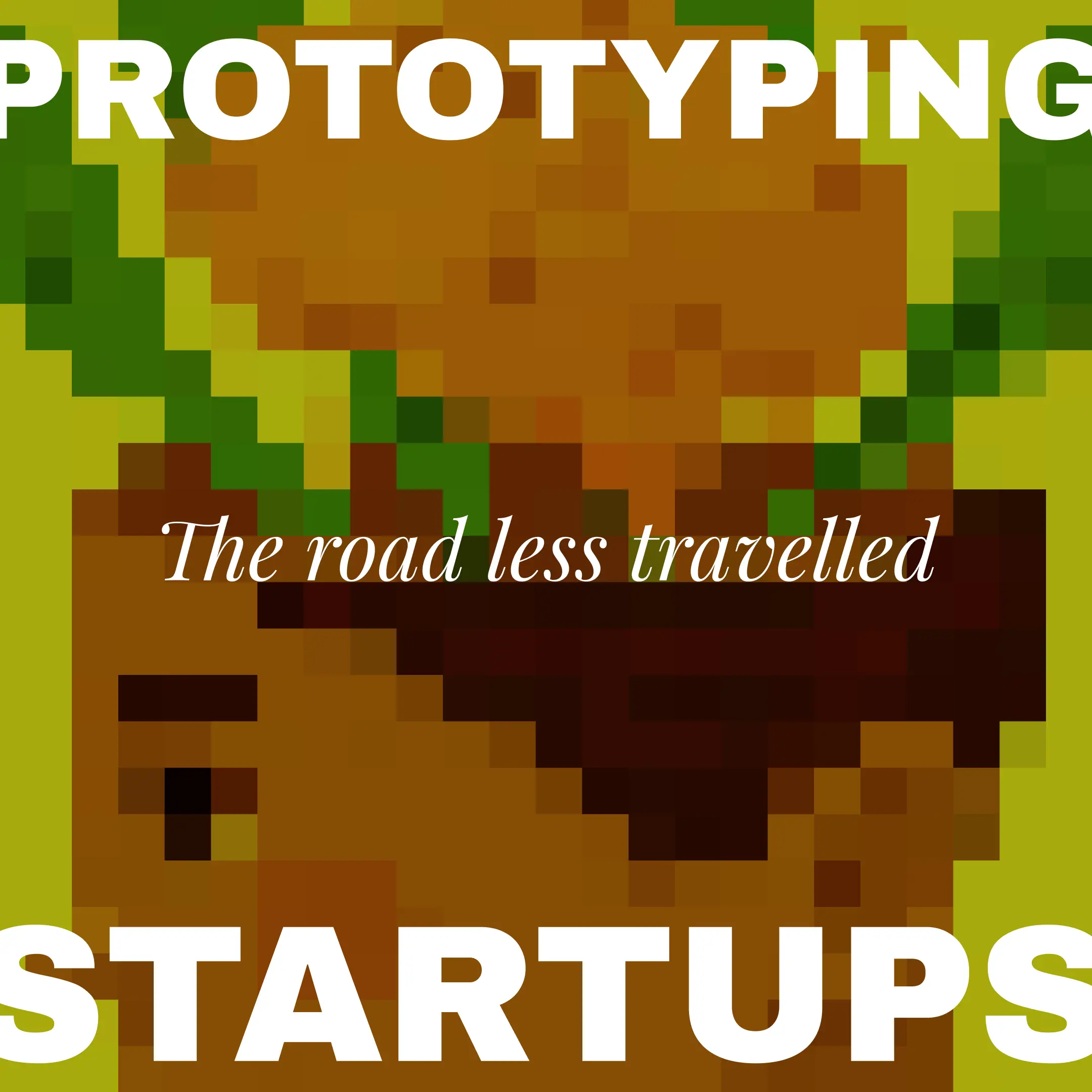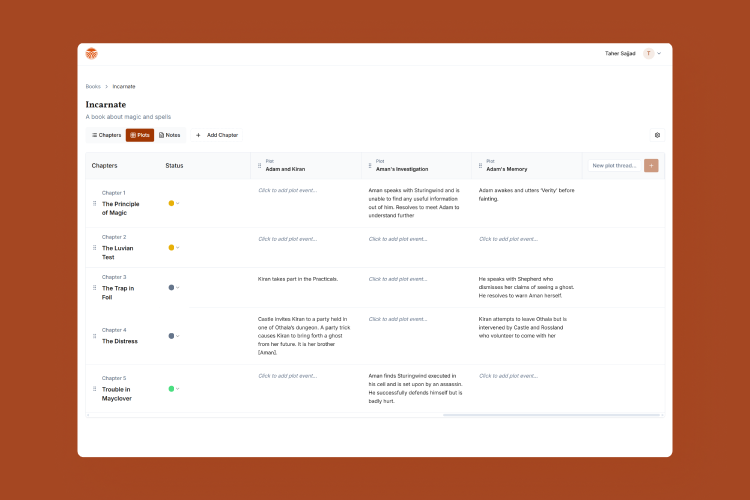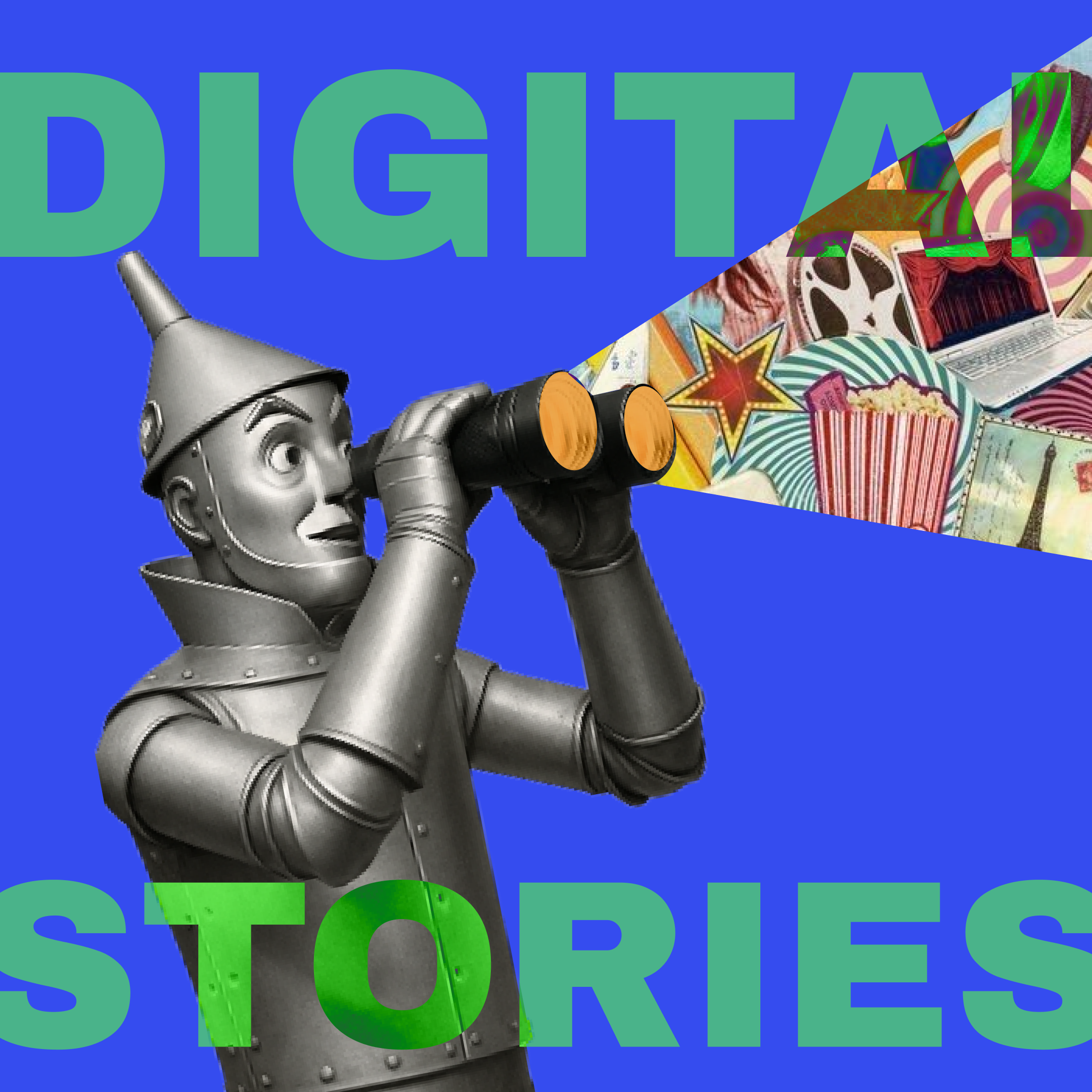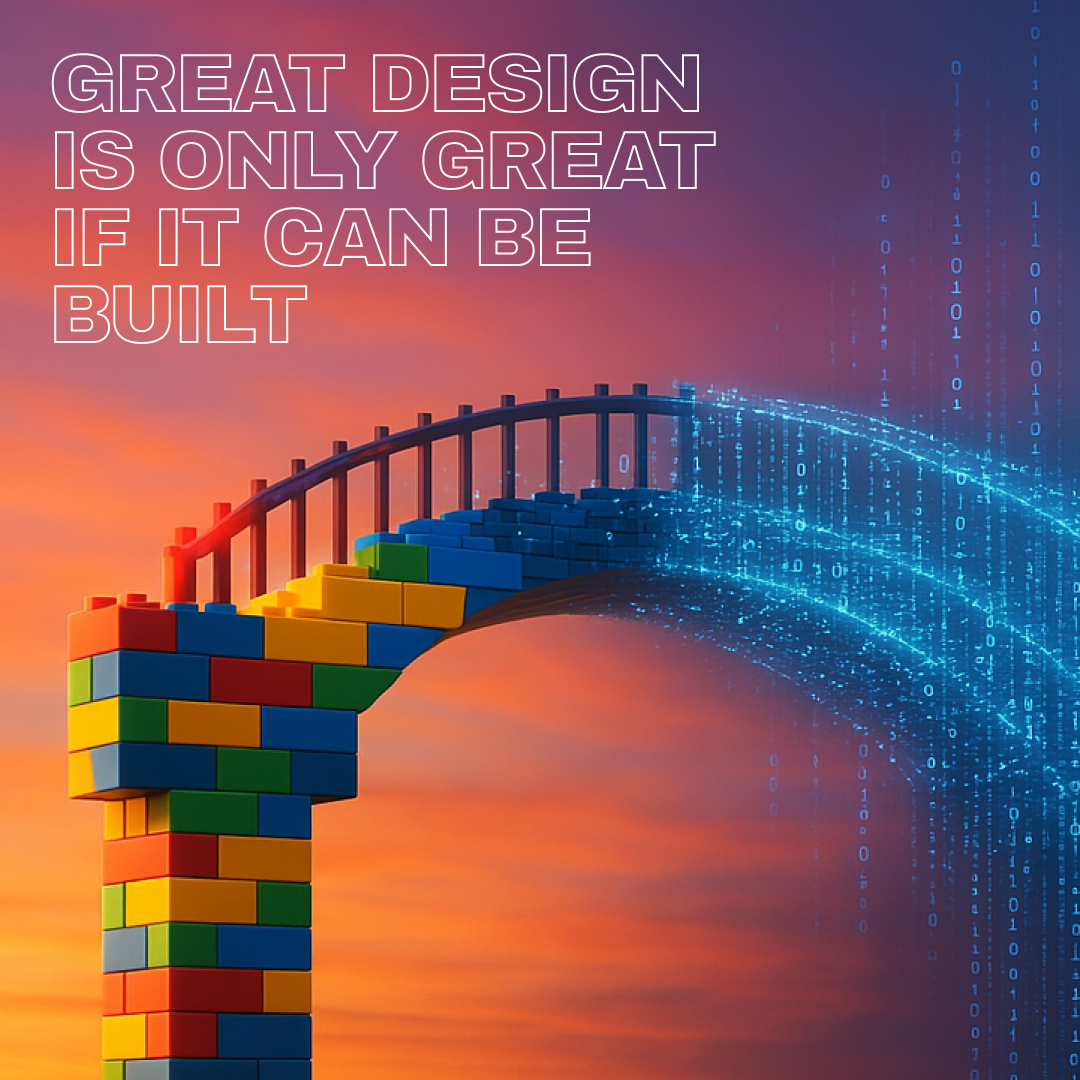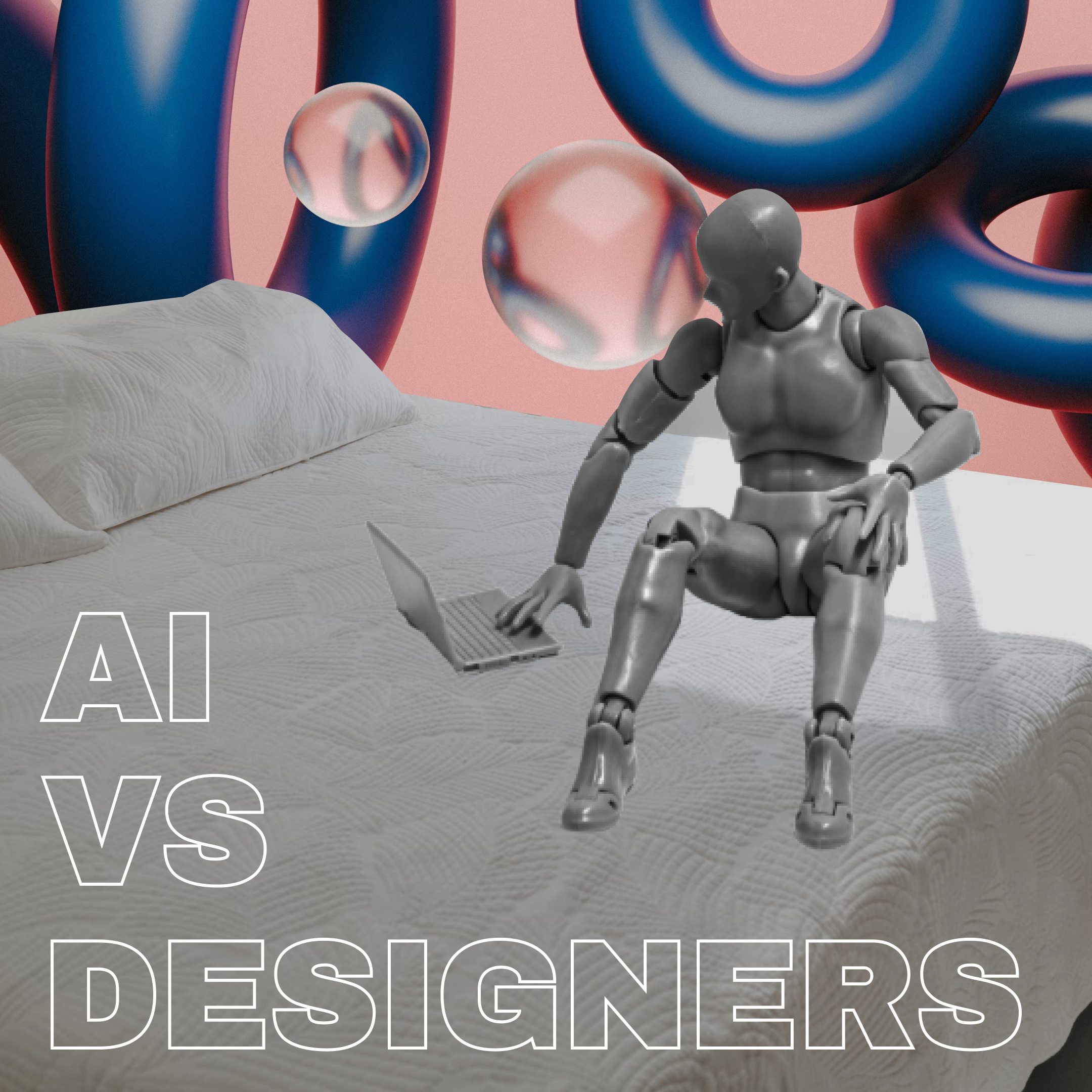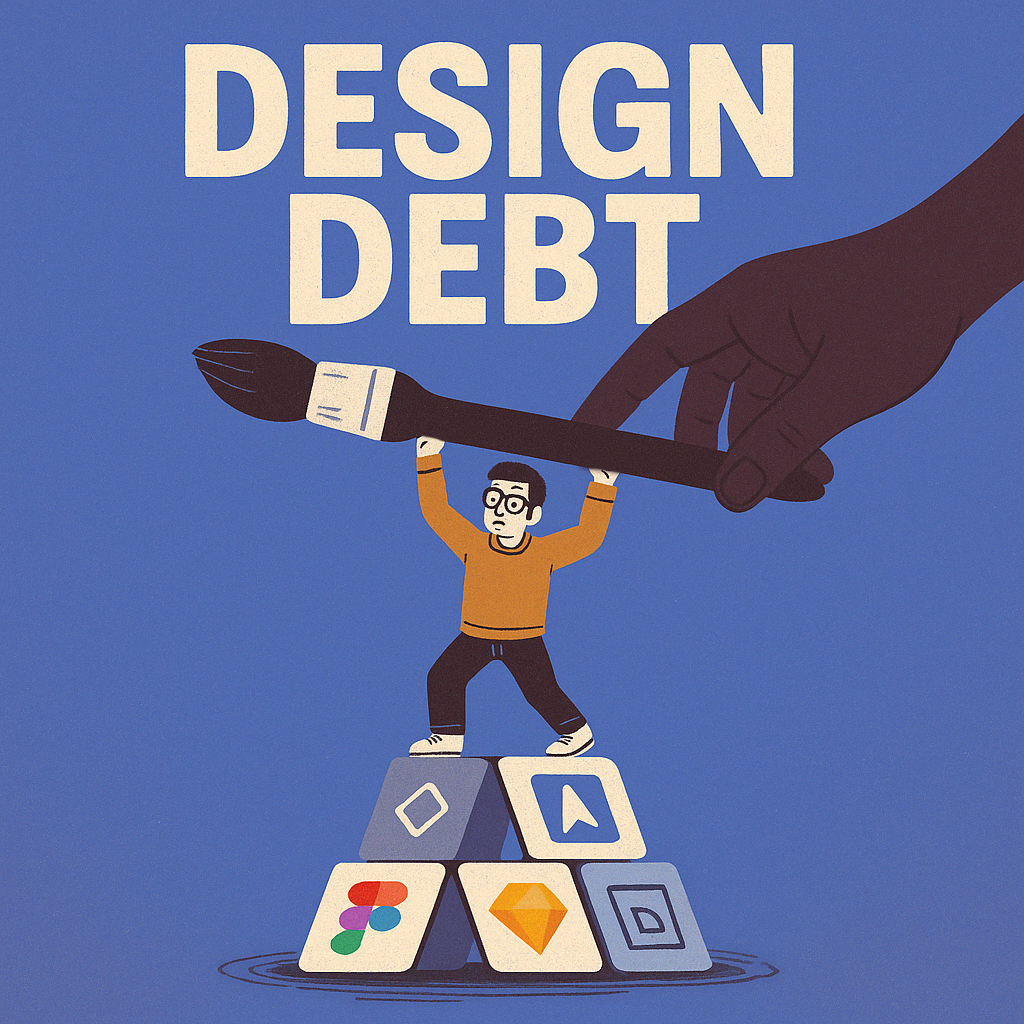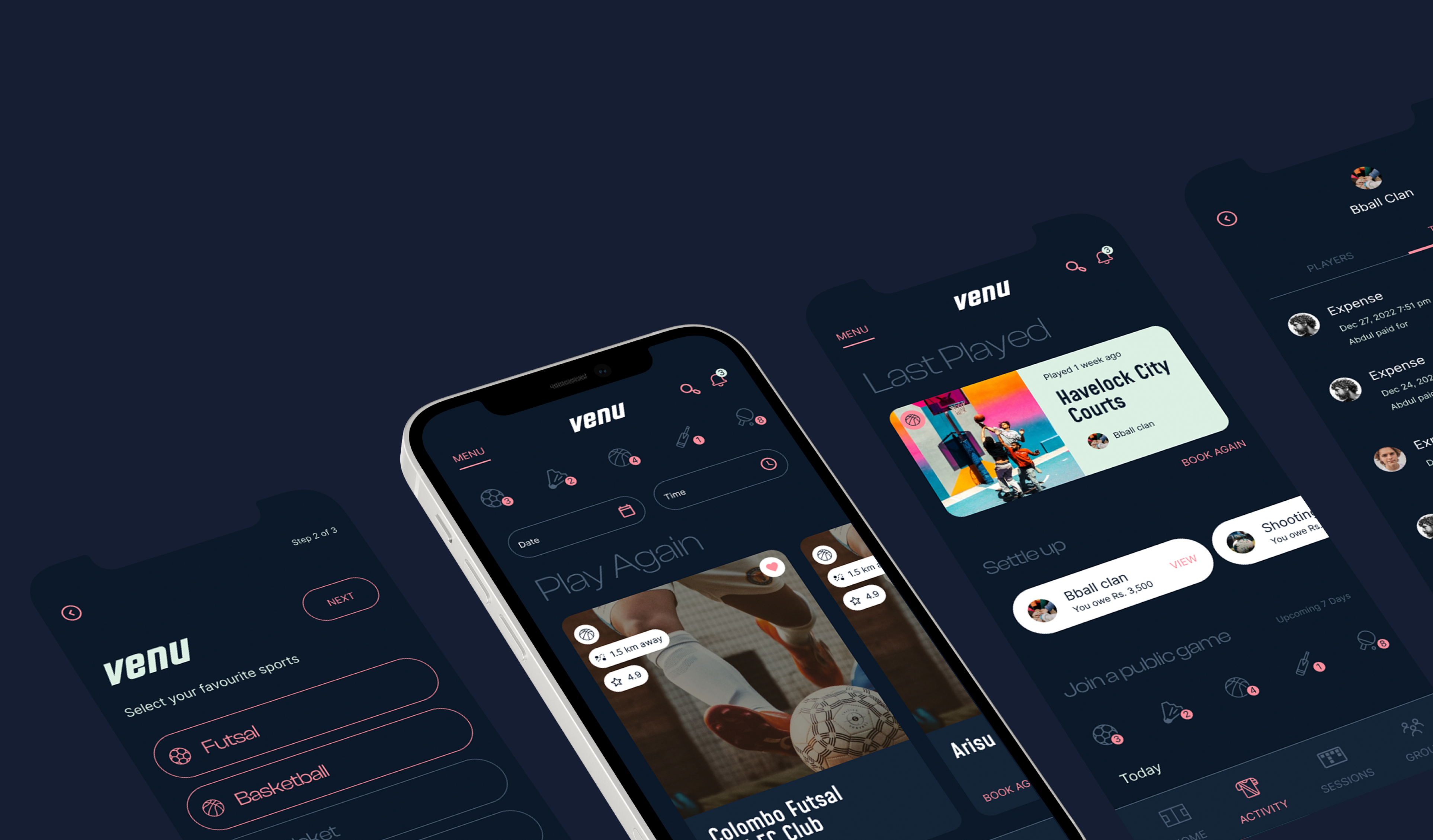Learn how to define, create, and understand the importance of a Minimum Viable Product (MVP) for startups and SMEs. Discover actionable steps to streamline your idea, validate it with early users, and attract investors. With insights from our worksho
How to Bridge the Gap Between Design and Development for a Smoother Product Build

Why the Disconnect Exists
Designers visualize experiences—developers bring them to life. But too often, these two worlds clash due to:
- Unrealistic expectations – Designers propose elements that are hard to code.
- Lack of communication – Developers don’t fully understand the design intent.
- No standardization – Teams use inconsistent design patterns.
The result? Frustration, delays, and unnecessary rework. But it doesn’t have to be this way.
"Great design is only great if it can be built." – Unknown
Common Challenges & How to Fix Them
🚧 1. Late Involvement of Developers in Design
- If developers only see the designs after they’re finalized, it’s often too late to suggest feasibility improvements.
- Solution: Bring developers in during the wireframing phase to discuss constraints.
🚧 2. No Clear Design Handoff Process
- Handoffs via static images (like PDFs) lead to missing details and misinterpretations.
- Solution: Use Figma, Storybook, or Zeplin to provide interactive design specifications.
🚧 3. Inconsistent UI Components
- When developers create custom components instead of using pre-defined design elements, it leads to inconsistency.
- Solution: Maintain a design system that both designers and developers follow.
🚧 4. Lack of Communication
- Many teams rely only on handoffs instead of continuous collaboration.
- Solution: Implement regular check-ins between design and dev teams to align before issues arise.
How We Do It at Tandm Studio
At Tandm Studio, we eliminate the design-development disconnect through:
✅ Early Collaboration – Developers are involved in design discussions from day one.
✅ Design Systems & Component Libraries – Ensuring consistency across screens.
✅ Structured Handoff Processes – Using Figma and Storybook for clear, interactive documentation.
✅ Agile Feedback Loops – Continuous refinement so both teams stay aligned.
🚀 The result? A seamless workflow that speeds up development and reduces frustration.
How to Improve Collaboration in Your Team
✅ Use a Single Source of Truth – Standardize UI components and design documentation.
✅ Encourage Joint Workshops – Run design-dev brainstorming sessions.
✅ Automate Handoffs – Use tools that provide interactive UI specs.
✅ Align on Feasibility Early – Avoid unrealistic designs before they reach development.
Great Products Need Great Collaboration
A strong bridge between design and development results in better user experiences, faster builds, and less frustration.
📩 Want a streamlined design-to-development process? Let’s talk!
